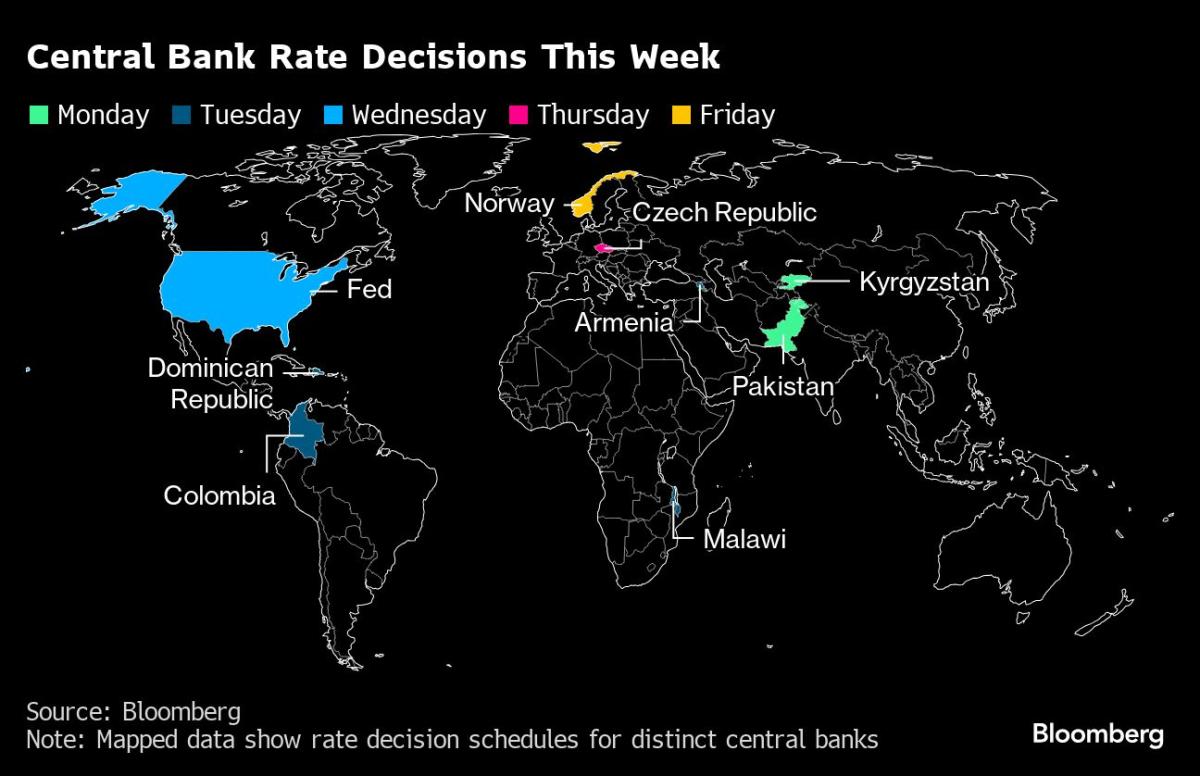
Benedict XVI’s peaceful death Saturday in a monastery in the heart of Vatican gardens marked the deaths of many of his predecessors in contrast to painful, violent or sometimes mysterious circumstances.
• Read more: Former Pope Benedict XVI passed away
• Read more: Remarkable (and sometimes shocking) statements by Pope Benedict XVI
• Read more: Benedict XVI is the first pope to resign in six centuries
Here are some examples:
Benedict XVI’s predecessor, John Paul II, died at the Vatican on April 2, 2005 at the age of 84, marking the end of his 26 years as head of the Catholic Church.

AFP
After two consecutive hospitalizations and a tracheostomy in February 2005, John Paul II’s health suddenly deteriorated days before his death, following a urinary tract infection, sepsis and cardiac arrest.
Having lost his speech after tracheostomy, he managed to utter a few words in public before returning to the Vatican on March 13. Then he was silent. For his last Good Friday, he was filmed from behind in his apartment so that the faithful could see him following the Way of the Cross on video.
Debilitated by Parkinson’s disease, the former great athlete’s pontificate was marked by numerous health problems and the after-effects of injuries sustained during the May 13, 1981 attack by Turkish terrorist Mehmet Ali Akka. Peters square, cancer of the bowel and two fractures, one in the shoulder and one in the femur.
His predecessor, John Paul I, nicknamed “the good pope” or “the laughing pope,” was one of the most ephemeral popes in history: elected in August 1978 at the age of 65, he died 33 days and six hours later. An autopsy has not been conducted to confirm the cause of his death, a heart attack.
The books fueled the hypothesis of an assassination because the Pope wanted to keep order in the affairs of the Church and was especially suspected of the financial fraud of Bishop Paul Marcincus, head of the Vatican Bank, when he was associated with them. Mafia. However, no official investigation has confirmed these suspicions.
There are many theories surrounding the death of Pope Alexander VI from 1492 to 1503. After dinner with his son Caesar at the Cardinal’s house on August 6, 1503, both were stricken with fever. A first hypothesis attributed the illness to malaria, which was prevalent in Rome at the time.

Wikimedia/Vatican Museum
The other theory is that the Pope wanted to get rid of some of his enemies and poisoned the wine, accidentally falling into his own trap.
The testimony of Johann Burchard, a relative of the Pope, who left a diary at the time of his death is striking: “His body was so swollen that he could not be placed in a coffin. He was thus temporarily rolled up in a carpet, while his quarters were ransacked.
The posthumous Inquisition of Pope Formosa (891-896), known as the “Corpse Council,” bears witness to the chaos that reigned in ninth-century Rome and the Vatican. In 897, at the behest of Formosa’s sworn enemy, Pope Stephen IV, his corpse was exhumed, dressed in papal robes, and seated on a throne for judgment. The judgment stated that the deceased was not fit for the parish.

Wikimedia/Artot de Monter
All his acts and deeds were annulled and the orders issued by him were declared null and void. The papal vestments were torn from his body, the three fingers of his right hand, which the Pope had used in consecrations, were severed, and the corpse thrown into the Tiber.
The Vatican very precisely codifies the procedure to be followed upon the death of a pope, giving the cardinal a camerlego of the Church a key role in charge of the government of the Church if the power vacates.
He was referring to the Apostolic Constitution issued by John Paul II in 1996 to “officially observe the death of the Pope”. And it is in the presence of the Pontiff’s Master of Liturgical Celebrations, the ordained prelates, and the secretary and chancellor of the Apostolic Chamber. “The latter shall write the document or authentic death certificate”, the constitution states.
In the past, the camerlengo confirmed the pope’s death by hitting him on the forehead with a small silver hammer. A tradition that fell into disuse after the death of John XXIII in 1963.






More Stories
Associate Editor's Word | Zero like Joe
Iraq: New anti-LGBT+ law provides up to 15 years in prison
Pro-Palestine protest | A hundred people were arrested at Boston University